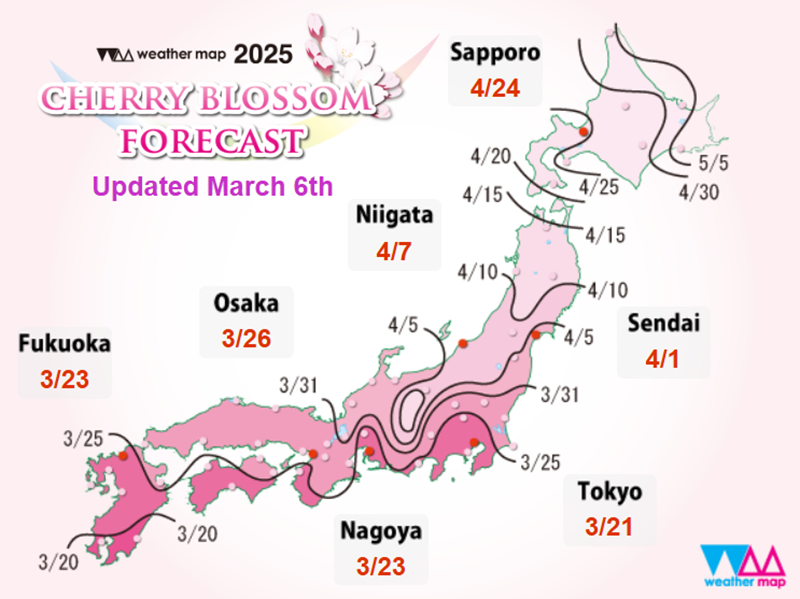Cherry blossom in Japan (Hanami)
The cherry blossom event, known in Japan as ‘Hanami’, is one of the most anticipated and celebrated moments in the country. This ancient tradition, dating back over a thousand years, symbolises the ephemeral beauty of life and nature.
From late March to early April, Japan is dressed in pink with the spectacular blossoming of cherry trees, or ‘sakura’, that paints the country’s parks, streets and temples. People gather under the colourful canopies of flowers for picnics, songs, dances and celebrations, in an atmosphere of joy and sharing.
While Hanami is an occasion for merriment, it also carries a deeper meaning. In Japan, the cherry blossom is considered a symbol of beauty, awakening and transience. Like the sakura blossoms, which bloom and fall in a short time, life is also seen as something wonderfully ephemeral.
Hanami is a time to appreciate the ephemeral beauty of nature and reflect on life. It is a unique experience that combines joy, beauty and philosophy into one grandiose event. During this period, Japan is not just a country to visit but an experience to be lived, a spectacle to be admired and a time to reflect on life and its ephemeral beauty.
The cherry blossom period runs from late March (Kyushu) to early May (Hokkaido).
Hanami is a popular time to visit Japan and the Japanese themselves also love this period.
Every year, the Japanese weather agencies release a calendar with flowering forecasts for different parts of Japan. These forecasts are obviously influenced by the weather, such as high or low temperatures during winter and early spring, rain and wind.

Image of Wheatermap.jp
